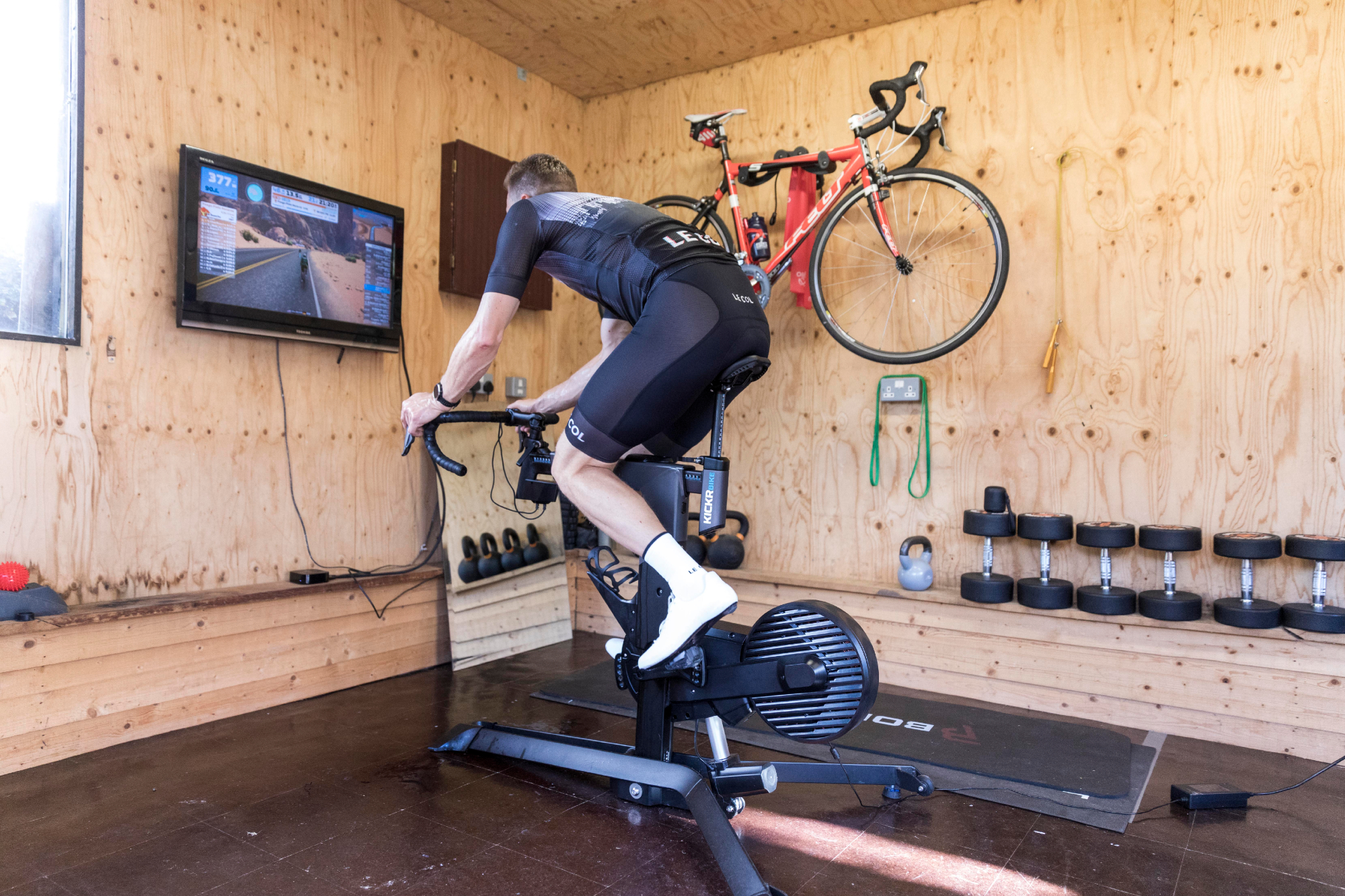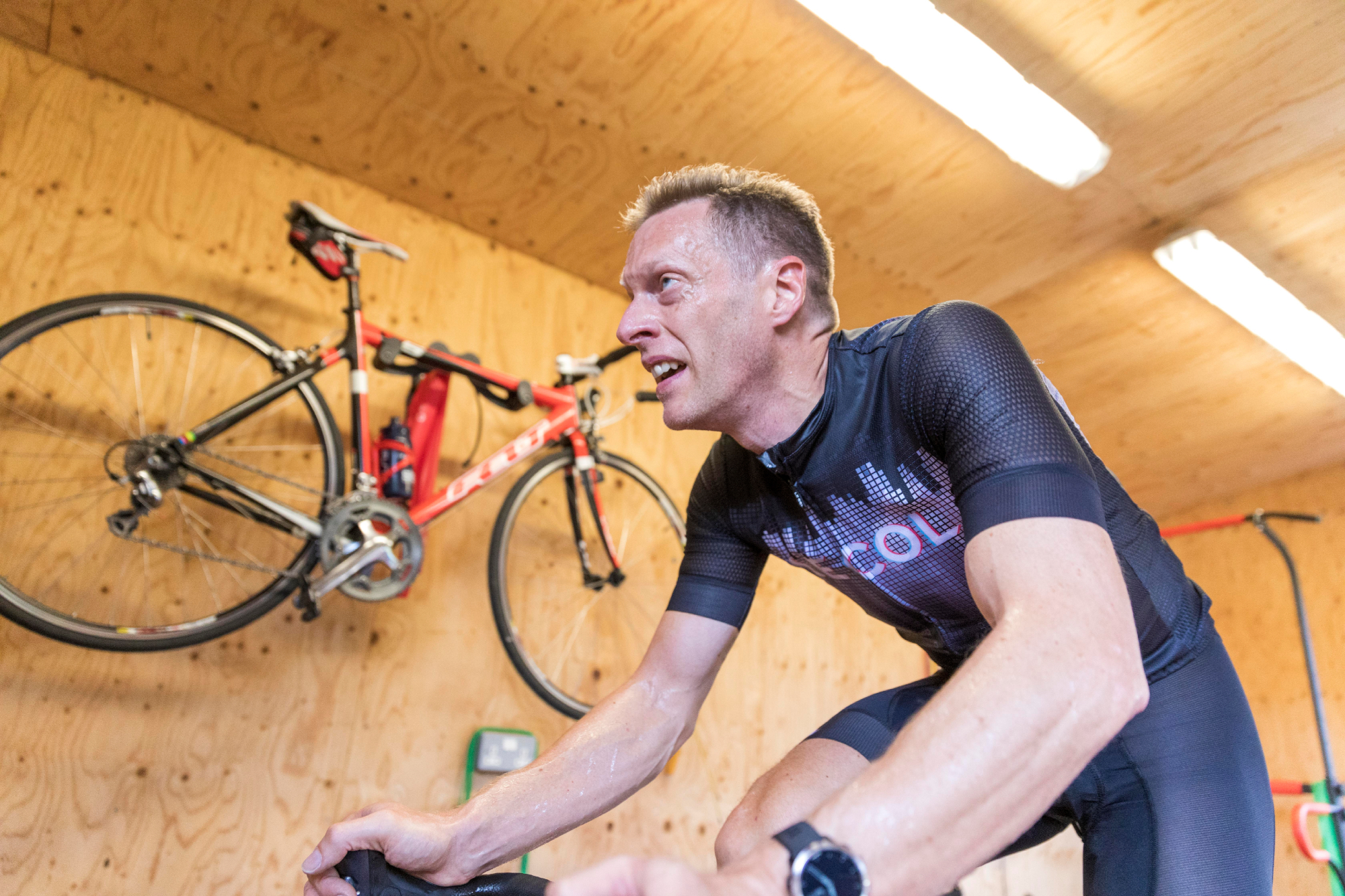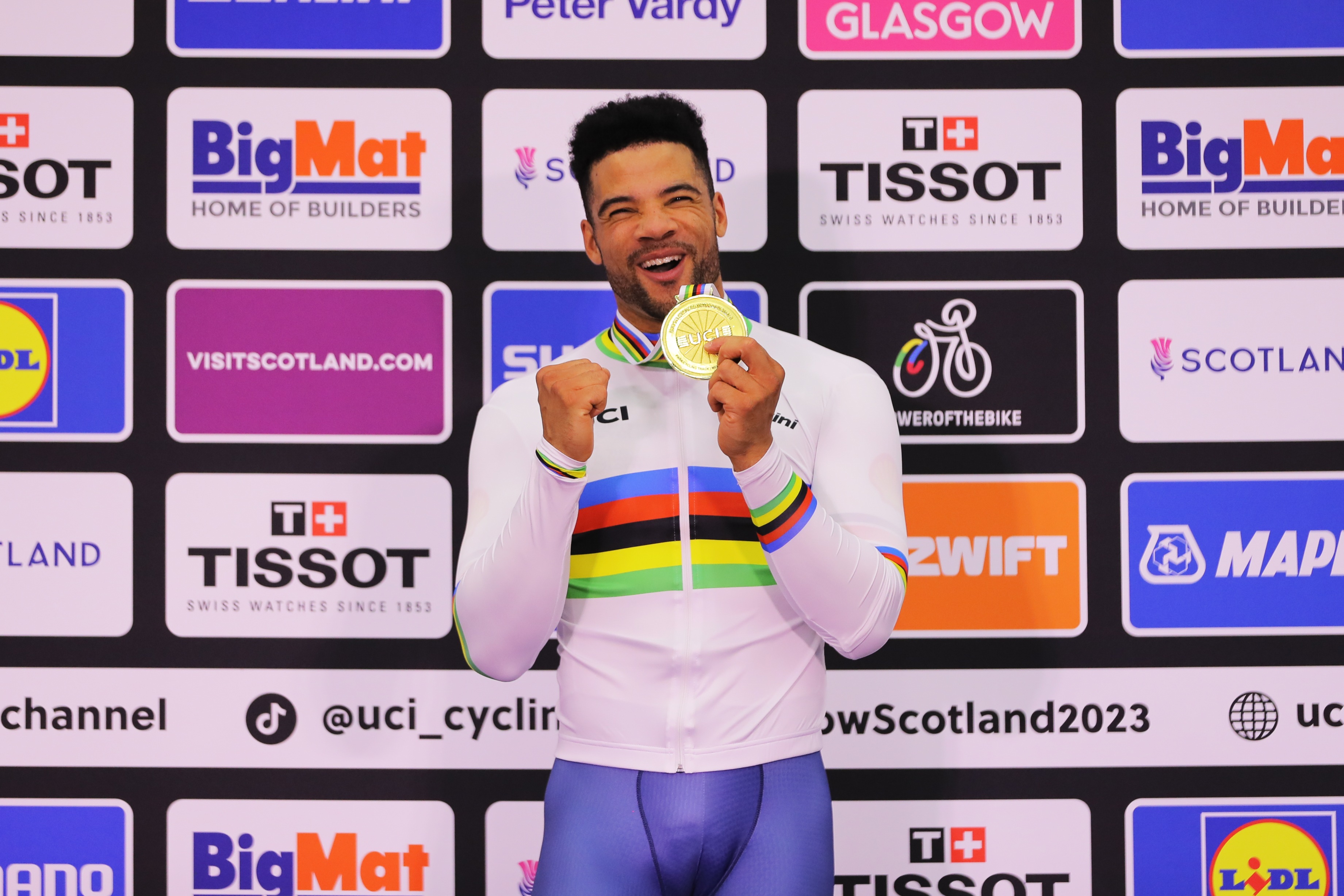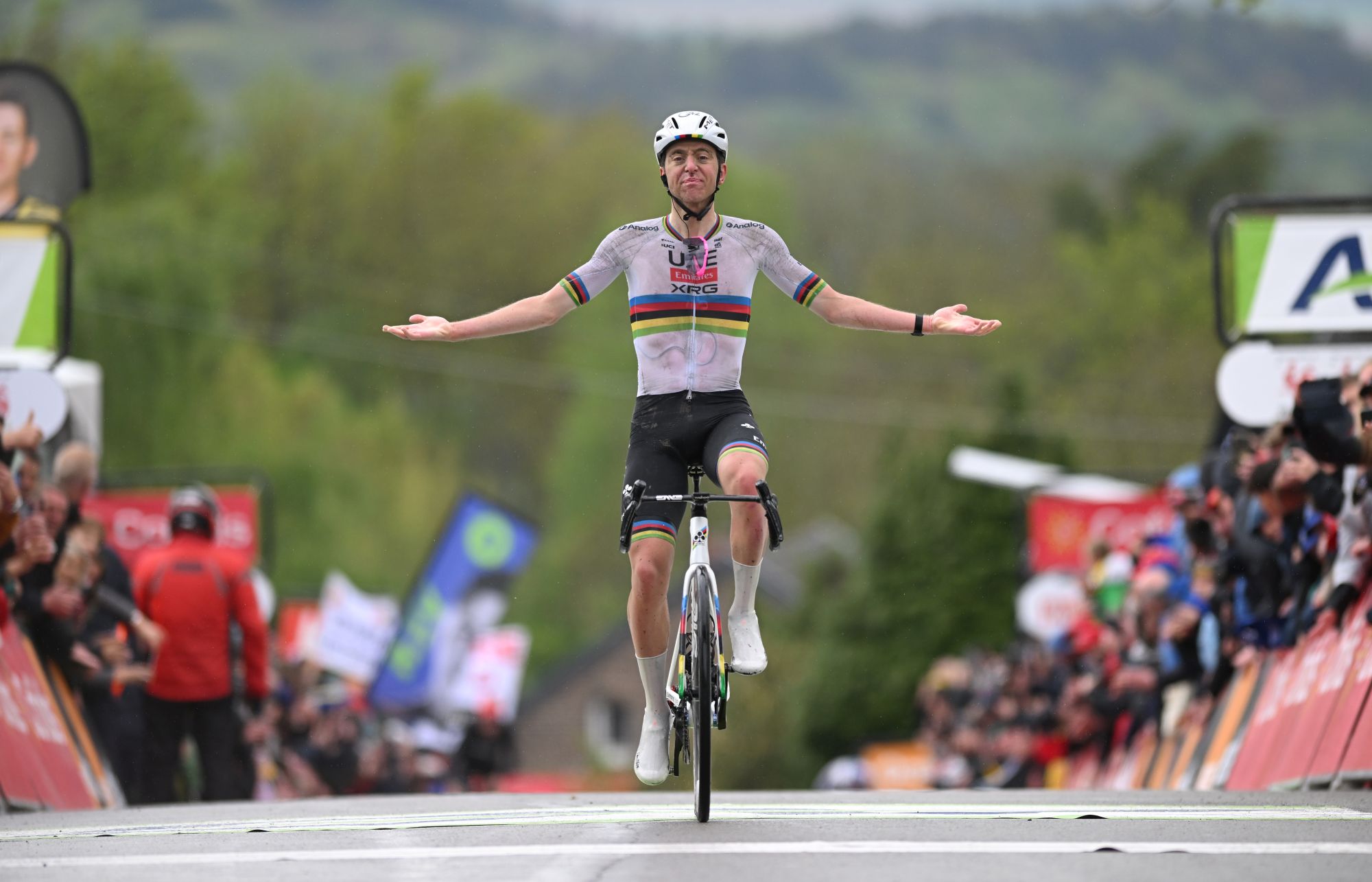Ask a coach: 'When should I redo an FTP test?'
Your training zones need to reflect any increases in your FTP, but testing too often can have an adverse effect on your progression - here’s how to tread the tightrope


Doing an FTP test, or any maximal performance test for that matter, means taking time out of training. To perform optimally you need to taper beforehand and will likely need some recovery afterwards. That can mean you might miss anywhere between three and seven days of training!
However, the information gleaned from a performance test means that accurate cycling training zones can be calculated, which allows gains in specific areas to be targeted and therefore hopefully improve the quality of the cycling training plan.
So, the question is, how often should you repeat a cycling fitness test?

Sports scientist and coach James Spragg is one of the experts who will be answering your questions in Cycling Weekly's ASK A CYCLING COACH series which comes out every Wednesday. Working both in research and applied settings, he currently runs Intercept Performance Consultancy.
The minimum amount
This question is one I have personally conducted some research on. We asked 13 professional cyclists to do a Critical Power test just before the start of the season and then we looked at how long those values were predictive of the power outputs we saw in races.
Typically speaking the length of time that predictions from the Critical Power test agreed well with the power output in races was 4-6 months. Thus, our recommendation was that it is prudent to do a test at the start of the season and then one again in the middle of the season. I would consider this the absolute minimum amount of performance testing needed during a year.
Guided by the data

This research was conducted on professional cyclists whose performances are fairly stable across a season. However, some riders, especially those new to the sport or coming back to structured training might see big gains in performance in relatively short periods. Resultantly, they may need to re-test themselves more regularly.
One thing that came out of the research I talked about above is that the efforts riders do in training are not always reflective of the maximal effort an athlete is capable of in a performance test. In training, athletes produce less power. There are reasons for this; differences in motivation, fatigue, and suboptimal conditions, to name but a few.
Get The Leadout Newsletter
The latest race content, interviews, features, reviews and expert buying guides, direct to your inbox!
Therefore, one way to be guided by the data on when you need to re-test is whether your efforts in training and starting to approach the same power as you were capable of doing in your last test. This is where a critical power test has a big advantage over an FTP test as theoretical maximal power outputs for a wide range of durations (~2-30mins) can be calculated.
Obviously, if you ever exceed the power output for any duration predicted by your last test then it might be time to schedule a new test. However, another good marker is that if in training you are consistently hitting more than 98 per cent of the maximal power output then it's also time to schedule another test.
Too much testing?

One thing I am not keen on as a coach is over-testing athletes. Yes, it is important to have accurate training zones but don’t forget that a performance test is not only fatiguing from a physical point of view but also from a mental one. I would far rather energy be spent on producing an optimal race performance than on doing another performance test.
Also, remember that training zones don’t need to be exactly spot on to be reasonable effective. Your threshold power will vary from day to day and from morning to evening so if in doubt its always better to wait off until you are 100% sure that your last performance test is not reflective of your current fitness before doing another test.
Down as well as up!
Don’t forget that after periods of rest or injury, your form might have gone backwards. There is absolutely nothing wrong with this and its part of a wells structured training plan.
Therefore, don’t be afraid to re-test when you see that your last test was significantly better than where you are currently. If you fail to do this you may end up pushing a little too hard in every session and run the risk of overtraining.
Verdict
So to summarise – a minimum of two times per year (pre and mid-season) and on top of that only when you are really sure that the last test is no longer reflective of where you are at.

Thank you for reading 20 articles this month* Join now for unlimited access
Enjoy your first month for just £1 / $1 / €1
*Read 5 free articles per month without a subscription

Join now for unlimited access
Try first month for just £1 / $1 / €1
James Spragg is a sports scientist and coach, working both in research and applied settings. When not working with athletes James can be found skiing, climbing, cycling or drinking coffee!
Alongside Dan Lorang and Peter Leo, James runs Intercept Performance Consultancy. Over the last 8 years in various roles, as coaches, performance consultants, performance managers, and sports scientists, Dan, James and Peter have played a role in helping athletes achieve more than 10 World Championship titles, several Olympics medals (including a Gold and Silver Medal in Tokyo 2020) and several Top 5 results in some of the biggest sporting events on the planet (Tour de France, Olympics, World and European Championships). Our single focus is on improving performance in all settings.
-
 British Paralympian found alive and safe after missing person report
British Paralympian found alive and safe after missing person reportSam Ruddock hadn't been heard from in 11 days, but has now been located
By Tom Davidson
-
 Tadej Pogačar was dominant at Liège-Bastogne-Liège, but I hope for a competitive Tour de France
Tadej Pogačar was dominant at Liège-Bastogne-Liège, but I hope for a competitive Tour de FranceThe Slovenian has finished on the podium of the last six Monuments, the first man to do so - when will he stop dominating?
By Tom Thewlis